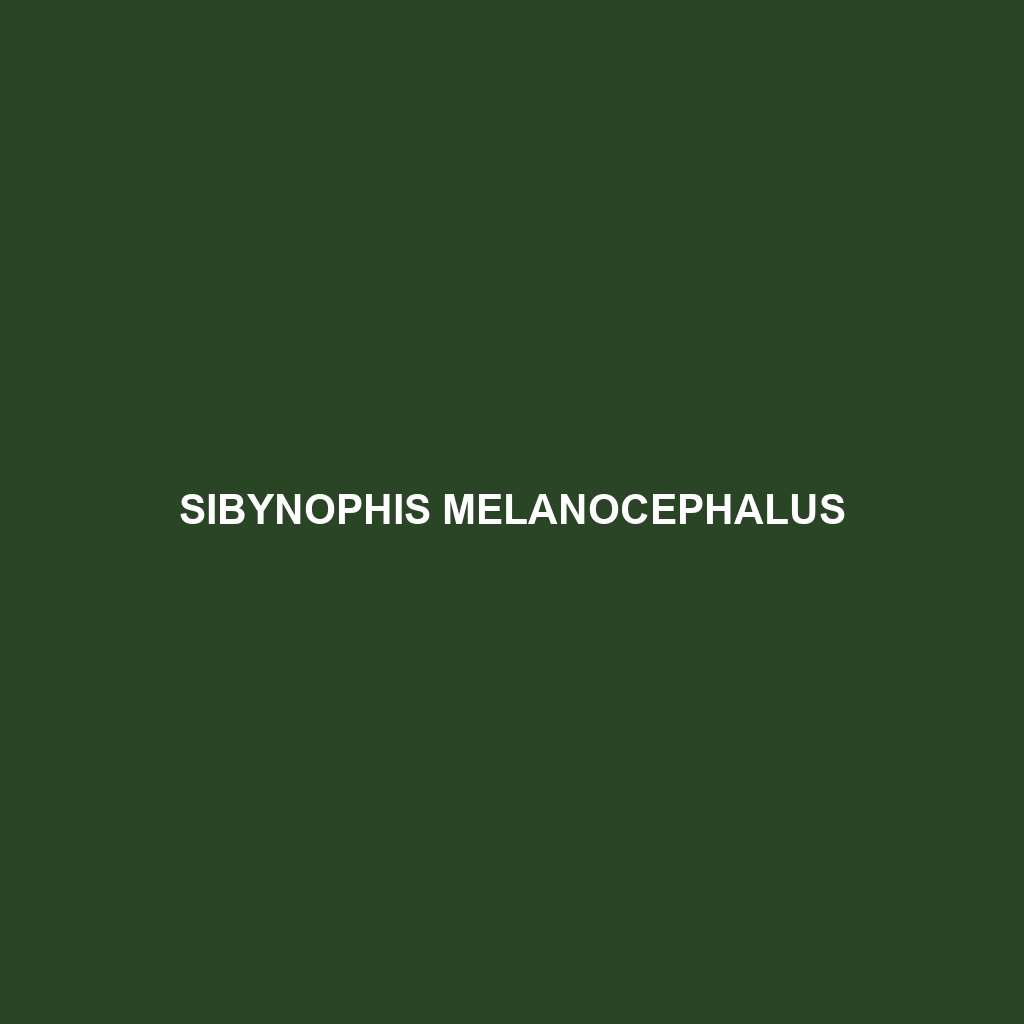<b>Sphenomorphus maindroni</b>, commonly known as Maindron's skink, is a medium-sized, diurnal insectivore found in the tropical rainforests of Southeast Asia, characterized by its smooth, shiny scales and distinctive bright blue tongue. This skink plays a crucial role in controlling insect populations and serves as an important prey species in its ecosystem.
Tag: reptile monitoring
Sphaerodactylus dacnicolor
<p><b>Sphaerodactylus dacnicolor</b>, or the color-changing sphaero, is a small, vibrant lizard native to the Caribbean, known for its ability to change color for camouflage and thermoregulation. Measuring 5 to 7 cm, this nocturnal insectivore plays a vital role in its ecosystem by regulating insect populations and serving as prey for larger animals.</p>
Sibynophis melanocephalus
<p><b>Sibynophis melanocephalus</b>, known as the black-headed snake, is a nocturnal predator found in humid Southeast Asian habitats. With its glossy black head and patterned body, it plays a vital role in regulating smaller species' populations, showcasing remarkable adaptability and hunting skills.</p>
Pseudocordylus langi
<p><b>Pseudocordylus langi</b>, commonly known as Lang's girdled lizard, is a striking insectivorous lizard native to the temperate forests and grasslands of southern Africa, characterized by a robust body, cryptic coloration, and a unique ability to blend into rocky terrains. This diurnal species thrives in rocky habitats, exhibits interesting social behaviors, and plays a crucial role in its ecosystem by controlling insect populations and serving as prey for larger predators.</p>
Proctoporus xestus
Discover the Proctoporus xestus, the Andean lizard, native to high-altitude regions of South America, characterized by its slender body, distinctive earth-tone coloration, and remarkable climbing abilities. Primarily insectivorous and exhibiting diurnal behaviors, this resilient species plays a crucial role in maintaining ecological balance within its Andean habitat.
Pseudocordylus langi
<p><b>Pseudocordylus langi</b>, commonly known as Lang's girdled lizard, is a striking insectivorous lizard native to the temperate forests and grasslands of southern Africa, characterized by a robust body, cryptic coloration, and a unique ability to blend into rocky terrains. This diurnal species thrives in rocky habitats, exhibits interesting social behaviors, and plays a crucial role in its ecosystem by controlling insect populations and serving as prey for larger predators.</p>
Proctoporus xestus
Discover the Proctoporus xestus, the Andean lizard, native to high-altitude regions of South America, characterized by its slender body, distinctive earth-tone coloration, and remarkable climbing abilities. Primarily insectivorous and exhibiting diurnal behaviors, this resilient species plays a crucial role in maintaining ecological balance within its Andean habitat.
Plestiodon callicephalus
<p><b>Plestiodon callicephalus</b>, commonly known as the Southern Skink, is a medium-sized lizard thriving in humid temperate forests, grasslands, and open woodlands across the southeastern U.S. Exhibiting a glossy dark body with vibrant blue or green accents, this fascinating insectivore plays a crucial role in its ecosystem by controlling insect populations and serving as prey for larger predators.</p>
Platysaurus broadleyi
<b>Platysaurus broadleyi</b>, a medium-sized lizard native to eastern Africa, thrives in diverse habitats including savannas and temperate forests. Known for its striking coloration and unique adaptations, this insectivorous species plays a vital ecological role by controlling insect populations and serving as prey for larger predators.
Phyllodactylus rutteni
Introducing the Phyllodactylus rutteni, a striking gecko known for its nocturnal behavior and adaptability across tropical and subtropical habitats. With its impressive climbing skills, unique coloration for effective camouflage, and role as both a predator and prey, this species is essential for maintaining ecological balance.









